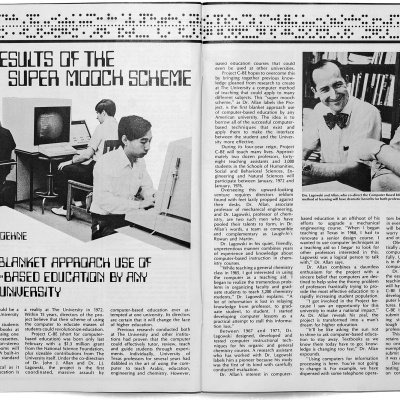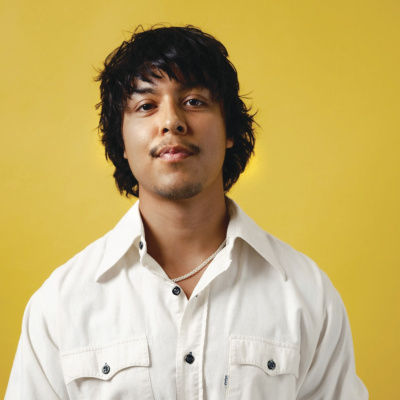100 and Counting
 John McKetta hits the century mark.
John McKetta hits the century mark.

In his 100th year, John J. McKetta Jr. hasn’t changed much. He still calls all his former students on their birthdays, and still speaks about teaching and two-phase flow like he’s on the job. But while he’s just “Johnny” to his many, many friends, the professor emeritus of Texas engineering is also the namesake of the John J. McKetta Jr. Department of Chemical Engineering; a former adviser to four U.S. presidents; and a treasure to the generations of Longhorns he inspired with his captivating classroom (in 2013, former students voted McKetta into the Alcalde’s Texas 10 list of the most inspiring professors at UT-Austin). Shortly after he celebrated 100 years—in the same year that the department named after him hit the centennial mark, too—McKetta shared some of his favorite memories. —As told to Katie Matlack
My background is a little strange. I came from the Pittsburgh area. The area where we lived was essentially coal mines, so the only opportunity that I would have anywhere of getting a job would be in a coal mine.
The first day out of high school I looked forward to getting a job; you could make 20 cents for every ton of coal that you delivered to the surface. The mines I worked in were 100-150 feet deep. But the first day I went into the mine was the day I hated it. No electricity, no fan, no heat—you’re without equipment of any kind except a pick and shovel.
There was a roof fall on the very first day I was at work, killing two miners. Anytime anyone ever asked me to do a difficult job after that, I thought, This is easy. I found a book in our school called Coal Carbonization. It stated that most man-made chemicals were made from coal, and that whoever did this was called a chemical engineer. And it went on to tell what he did. As soon as I found that out, I wanted to be a chemical engineer.
There was no such thing as a scholarship in 1932; it was the Great Depression. I was given a list of about 54 chemical engineering departments that taught and emphasized chemicals from coal, and the names of the chairs. I wrote to all of them, and I never received an answer from the chairmen, until the last letter.
You don’t have to have courage to ask people for help. Tell people your story, and sometimes they’ll help. Many times they’ll help. It teaches you a lesson: I’ve never turned down a student who needed help. When I first started teaching at UT in 1946, my students were veterans of World War II who were admitted under the G.I Bill … I’m glad the government had a G.I. Bill. In one class I had, I was the third-youngest out of 60 students. And I was the professor!
Their attitude stood out. For example, when I would lecture, and I would put my material on the board, one of them would raise their hand and say, ‘Doc, we don’t understand what you’re doing up there, can we get together after class with you to study?’ and I’d ask, ‘Who else is interested?’ And you’d see the hands come up. They wanted to learn! By the late ’60s, most of the presidents of the top 10 oil companies in the U.S. were students from these classes in 1946-50.
When I was in college and the prof was writing on the board, I usually couldn’t keep up with his lecture while trying to take notes. When I was teaching, I remembered that, and I thought, Let me try something. Nobody was allowed to use a pencil or a pen in my class. I asked them to listen to the lecture and stay awake. I said, ‘If you don’t, I’ll hit you with chalk or an eraser.’ Today, when I meet someone from my day, they say, ‘Well, I was hit by an eraser twice by you.’ When I finished my lecture, I would pass out mimeographed notes. I did their notetaking for them!
Maybe the most innovative thing in teaching that I came up with was a way of encouraging people to use your horse sense, your ability to estimate in your mind. Every time we met in class, the first 60 seconds, I would give students a problem. Then I would say you have 60 more seconds to solve it in your mind: no slide rule, no pencil and paper. You can tell right away who’s a McKetta student—they came up with an answer. I was very proud of that.
Photo by Matt Wright-Steel.






